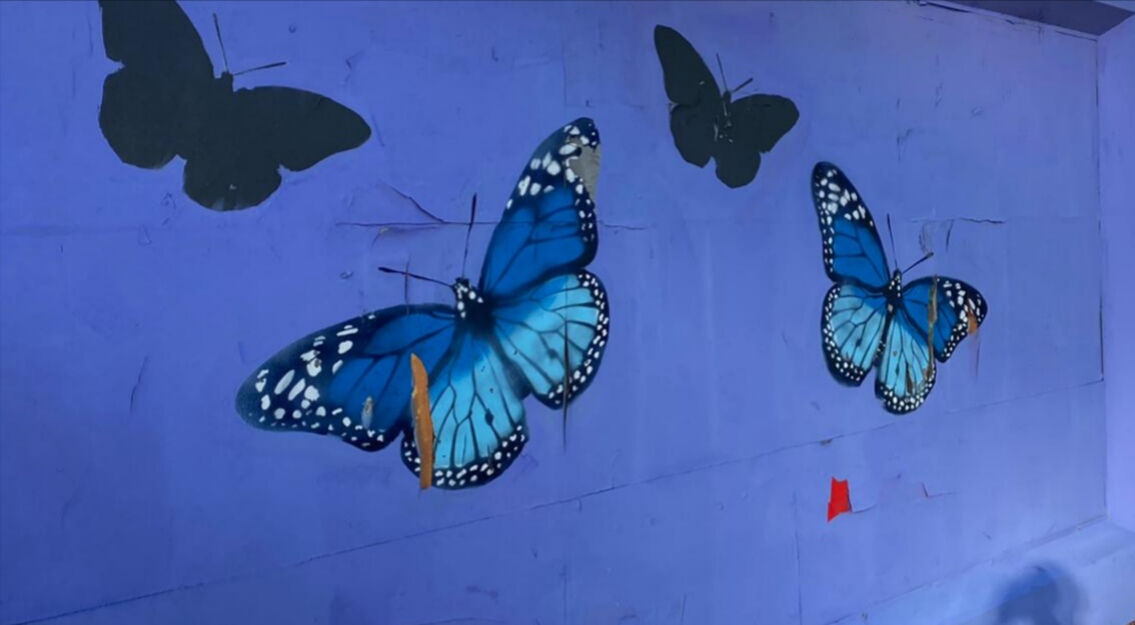
Exhibition history as a distinct field of study was inaugurated by the London research center Afterall’s event and book series “Exhibition Histories” in 2009, each part of which focused attention on landmark shows of the past five decades. Responding to the global expansion of the art world, “biennalogy”, the study of large-scale recurrent international art shows worldwide, came to constitute a considerable sub-chapter of the quickly growing new literature on exhibitions. As it is the case with most enterprises aspiring to determine a succession of key events, exhibition history and “biennalogy”, too, ended up creating a purportedly universally valid canon and, at the same time, generating their own particular exclusions and blind spots — the Eastern European artistic landscape being one such largely uncharted area. This lecture course sets out to explore some seminal exhibition-events and cultural currents relevant from the perspective of 20th-century East European art history.
While engaging with a great number of historical and contemporary case studies from the very beginnings of the Venice Biennial till contemporary curatorial projects, the course will offer theoretical and critical tools for viewing exhibitions and exploring their representational politics.
- Kursverantwortliche/r: Beàta Hock
- Kursverantwortliche/r: Antonija Marija Matanic
Semester: WiSe 2023/24